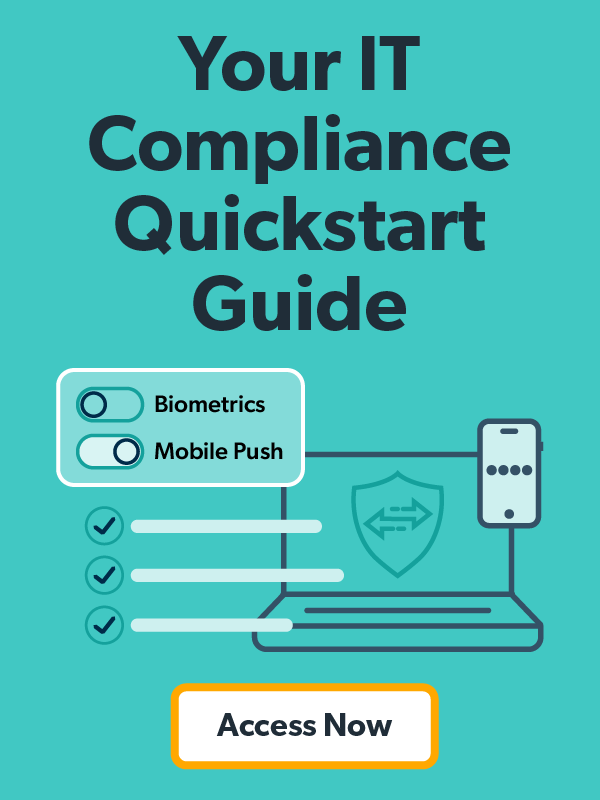Modern IT environments blend on-premises networks with public clouds. This makes it easy for vulnerabilities to hide. Two key practices help defend against these threats: security audits and penetration testing. A security audit assesses your security posture and compliance. Penetration testing simulates real attacks to reveal exploitable vulnerabilities.
Together, these methods provide a thorough approach to finding and fixing weaknesses. Each offers unique benefits. Their combined insights strengthen your defenses against evolving threats.
This guide shows how these practices spot weaknesses in your systems. It also explains why they are key for strong cybersecurity.
Definition and Core Concepts
- Security Audit: A systematic review of your organization’s security policies and controls.
- Penetration Testing (Pen Test): A fake attack that finds and uses weaknesses.
- Vulnerability: A flaw in a system that attackers can exploit to gain access or cause damage.
- Network Vulnerability: Weaknesses in devices or configurations that create potential attack paths.
- Cloud Vulnerability: Weaknesses in cloud setups, often due to misconfigurations or exposed APIs.
Security Audits: The Compliance and Controls Check
Security audits are formal checks of your security setup. Auditors review policies, procedures, and documentation to ensure compliance.
How Security Audits Work
The audit process evaluates your security controls against established standards. Auditors interview staff, review documents, and inspect configurations. They check if proper procedures are in place and are followed.
What Security Audits Target
- Policy and Governance Gaps: Audits find missing or weak security policies. For example, an audit may show that password rules exist but aren’t enforced across all systems.
- Configuration Issues: Auditors check system settings for common weaknesses. They might find overly lax rules or unencrypted data.
- Access Control Problems: Audits assess if the principle of least privilege is applied. This means checking if user accounts have the right permissions. They also check if inactive accounts are properly managed.
Security Audit Outcomes
Audits yield reports that highlight your security posture and compliance gaps. These reports show how well your environment meets standards. Yet, they don’t prove if vulnerabilities can be exploited.
Penetration Testing: The Proactive Offensive Simulation
Penetration testing takes a hands-on approach to security assessment. Ethical hackers find and test weaknesses. They show how security flaws can really affect systems.
How Penetration Testing Works
The pen testing process mimics real attacker behavior. Testers collect info about your systems. They scan for weaknesses and gain initial access. Then, they try to escalate their privileges. After that, they may move laterally through your network.
This method confirms whether theoretical vulnerabilities pose actual risks that attackers can exploit.
What Penetration Tests Target
- Exploitable Vulnerabilities: Pen tests show which vulnerabilities attackers can actually exploit.
- Lateral Movement: Testers look at how someone can move from a hacked system to other parts.
- Business Logic Flaws: Pen tests can spot vulnerabilities that automated tools often overlook. These include flaws that let unauthorized users access data.
- Cloud Attack Vectors: Tests focus on common misconfigurations. These include overly permissive IAM roles and exposed APIs.
Penetration Testing Outcomes
Pen test reports reveal which vulnerabilities were exploited and the data at risk. They also provide clear plans to fix the issues. These reports illustrate real attack scenarios and their potential business impact.
The findings don’t just highlight what vulnerabilities exist. They also show which ones are the biggest risks to your organization.
Synergies in a Comprehensive Security Strategy
Security audits and penetration testing work together. They form a strong security assessment program. Each addresses different aspects of your security while supporting the other’s goals.
Audits as the Foundation
Security audits help establish your security baseline. They ensure that key policies and controls are in place. An audit may reveal a firewall misconfiguration that allows too much access. This finding sets the stage for targeted penetration testing.
Audits also ensure compliance with regulations and industry standards. This creates a framework for penetration testing to confirm control effectiveness.
Penetration Tests as Validation
Pen tests confirm if the controls identified in audits work against real attacks. For instance, an audit might verify that your firewall blocks certain traffic. A pen test checks if it can be bypassed.
This validation shows the difference between having security controls and having effective ones.
Continuous Improvement Through Both Practices
Both practices encourage ongoing security improvement. Audits help maintain compliance and documentation as your environment changes. Pen tests ensure defenses stay strong against new attack methods.
Regular audits help you see how your security is improving. Periodic pen tests show that these improvements really lower risks.
Together, they provide the structure for consistent security practices.
Building Your Integrated Security Assessment Program
Security audits and penetration testing play unique but complementary roles. Audits offer a compliance foundation and broad assessment for regulatory needs.
Penetration testing confirms that your security controls work against real-world attacks. Together, they ensure you have effective security measures against threats.
Implementing both practices forms a comprehensive security assessment program. This helps you meet compliance needs while proving that your defenses are effective.






